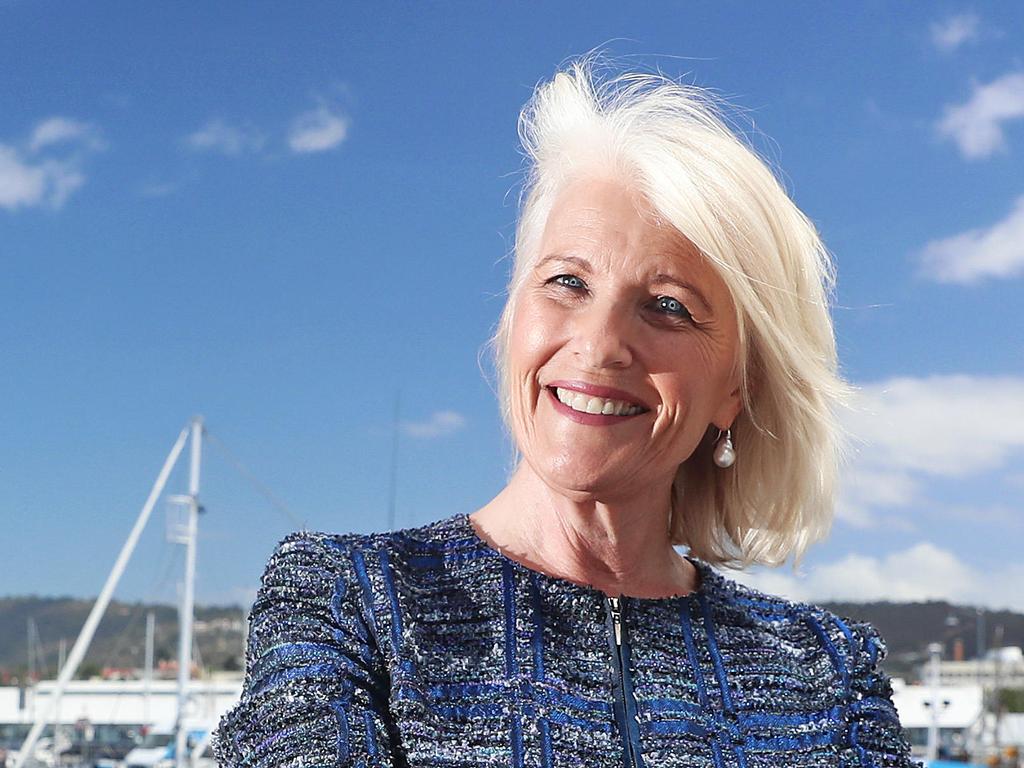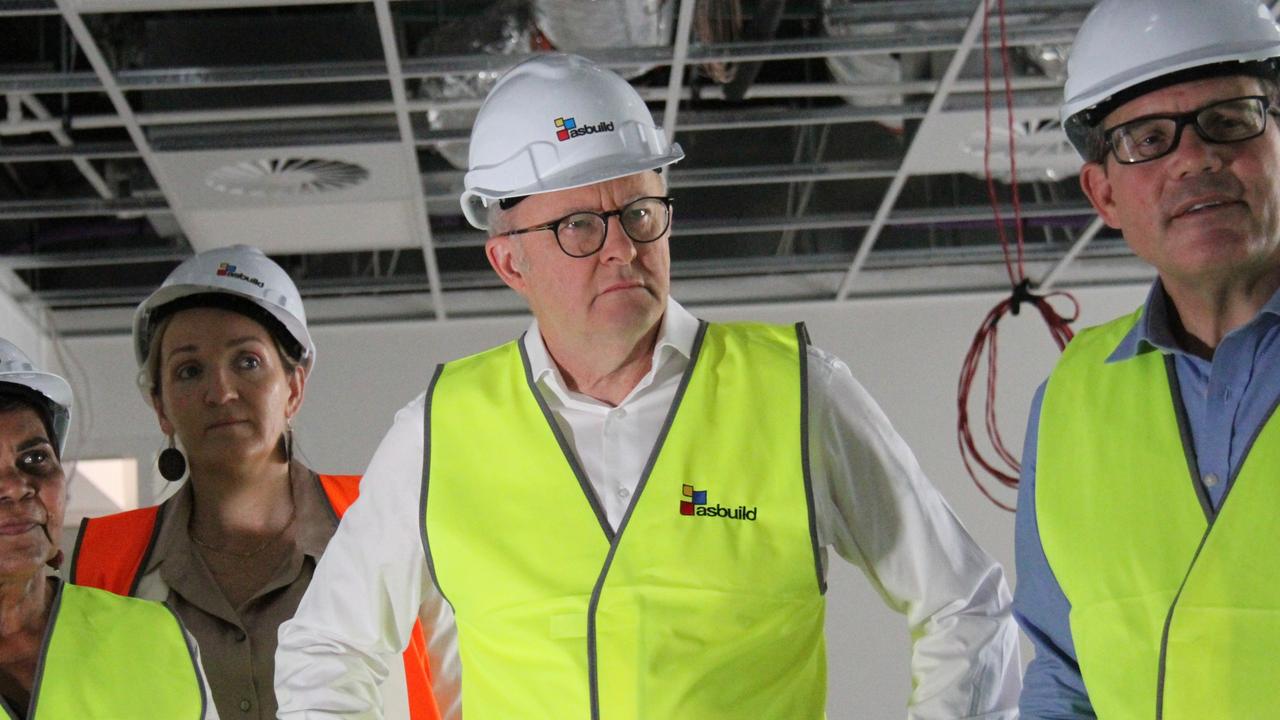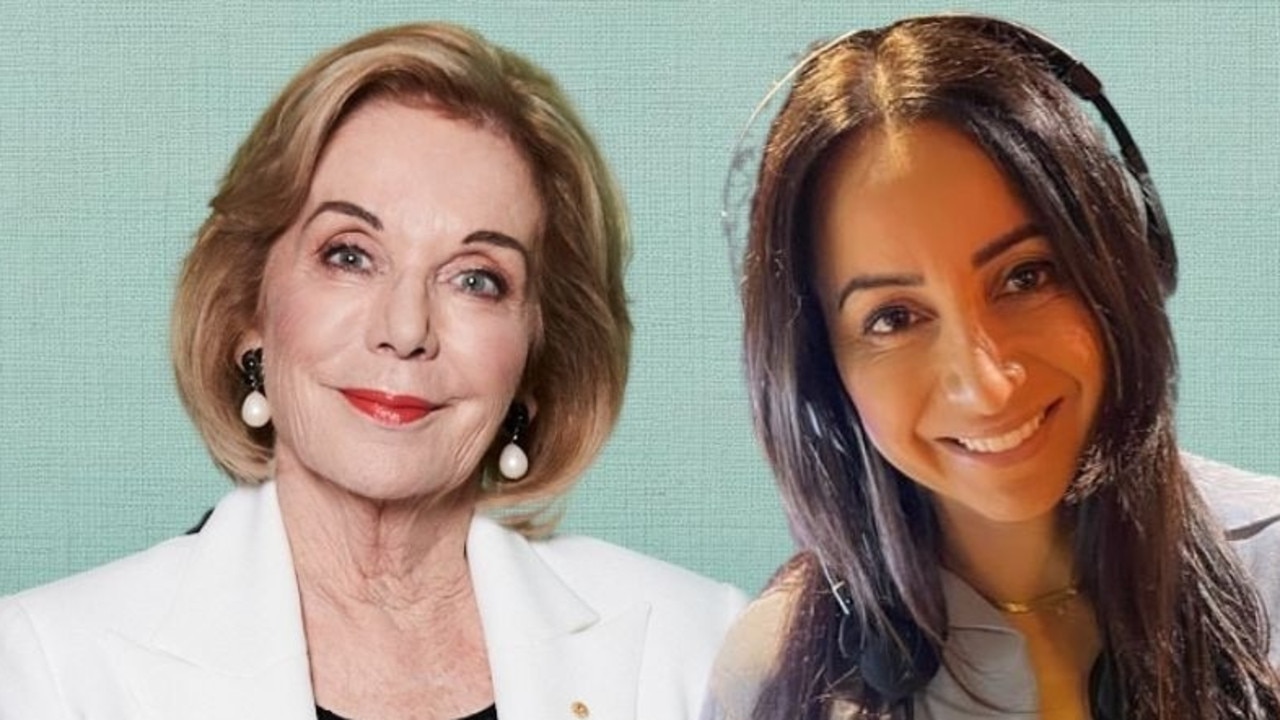Retail and hospitality lag on gender equality
Where does your industry sit in terms of efforts to improve gender equality?

The retail and hospitality sectors are among the biggest laggards in efforts to improve gender equity in their workplaces, while the professions, financial sector and IT are the furthest advanced, a new report finds.
The deep divide between industry sectors on gender equality strategies shows progress to reduce the gender pay gap is far from uniform across the country.
Even within industries, there are significant differences between the best and worst performers, in particular in the mining, manufacturing and retail trade, the latest Gender Equity Insight report from the Workplace Gender Equality Agency and the Bankwest Curtin Economics Centre concludes.
The study of nearly 4,800 Australian employers finds those taking long-term actions on issues like gender pay and recruitment are making significant progress, with the top 25 per cent of businesses reducing the gender pay gap by 5.3 percentage points between 2019 and 2022.
The overall national gender pay gap has fallen only 1.4 percentage points to 22.8 per cent across that time, evidence some businesses are going backwards, it concludes.

Improving gender equity requires action at an individual business level, BCEC director and report author Alan Duncan said.
“Focusing on industry-wide changes to gender pay equality and women’s workforce representation can hide significant differences in progress between businesses,” Professor Duncan said. “For example, the most advanced businesses in the mining sector are seven times more likely to set targets to reduce gender pay gaps and four times more likely to report pay equity metrics to senior executives compared to businesses that are early on in their journey towards workplace gender equity.”
Policies to improve gender equality and women’s economic opportunities through employment have been prioritised through the Women’s Economic Equality Taskforce and the commonwealth Treasury’s employment white paper.
The new WGEA report benchmarks organisations based on pay equity strategies, recruitment and retention and other policies and actions aimed at driving progress, such as parental leave, family and caregiving, and sex-based harassment.
It offers a road map for organisations to place themselves on the path to gender equity, from base level organisations that have implemented the fewest practices to those most integrated.

Overall, nearly 70 per cent of Australian organisations are still at the base or foundational levels.
Professional, financial and IT industries are furthest along the track, the report notes, with retail, hospitality and healthcare toward the bottom of the list.
Some went backwards between 2019 and 2022. “Gender pay gaps did increase on average for businesses in certain industry sectors, specifically in agriculture, forestry and fishing, mining, and accommodation and food services,” the report says.
WGEA chief executive Mary Wooldridge said the report showed effort by organisations was yielding results, but the pace of change was too slow.

She said new laws would see individual employer gender pay gaps published for the first time early next year.
“International experience indicates publishing the individual gender pay gap results of companies is an important step that can accelerate change,” Ms Wooldridge said.
“Industry averages can mask the true picture of progress. Publishing employer gender pay gaps offers a deeper insight into industry performance and business performance that may have been hidden by averages in the past.”







